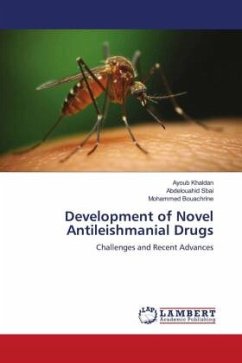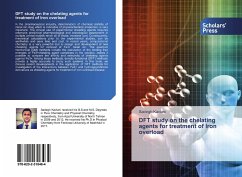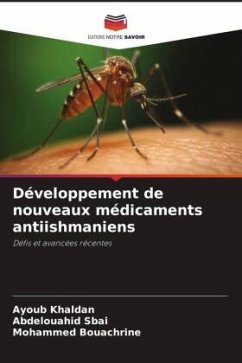
Modeling heterocyclic hybrids as antimalarial agents
Using QSAR and Molecular Docking Methods to Study Efficacy against the PF-DHFR Receptor
Versandkostenfrei!
Versandfertig in 6-10 Tagen
53,99 €
inkl. MwSt.

PAYBACK Punkte
27 °P sammeln!
This research focuses on the application of QSAR and molecular docking methods to model antimalarial hybrid molecules. Multidimensional molecular descriptors (1D, 2D, 3D) were calculated using density functional theory (DFT) with the hybrid function B3LYP and base 6-31G. Particular attention was paid to molecular docking with respect to Plasmodium falciparum dihydrofolate reductase (DHFR), in both its wild-type and mutant forms. This study enabled us to visualize and understand how the pharmacophores of quinoline-triazine derivatives interact with the DHFR protein. Critical amino acids involve...
This research focuses on the application of QSAR and molecular docking methods to model antimalarial hybrid molecules. Multidimensional molecular descriptors (1D, 2D, 3D) were calculated using density functional theory (DFT) with the hybrid function B3LYP and base 6-31G. Particular attention was paid to molecular docking with respect to Plasmodium falciparum dihydrofolate reductase (DHFR), in both its wild-type and mutant forms. This study enabled us to visualize and understand how the pharmacophores of quinoline-triazine derivatives interact with the DHFR protein. Critical amino acids involved in drug resistance were identified, including those responsible for reduced inhibitor efficacy, thus offering prospects for the development of new antimalarial molecules capable of overcoming this resistance.












